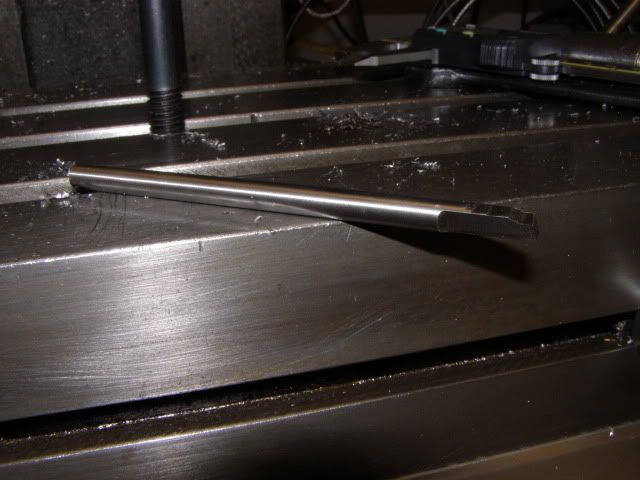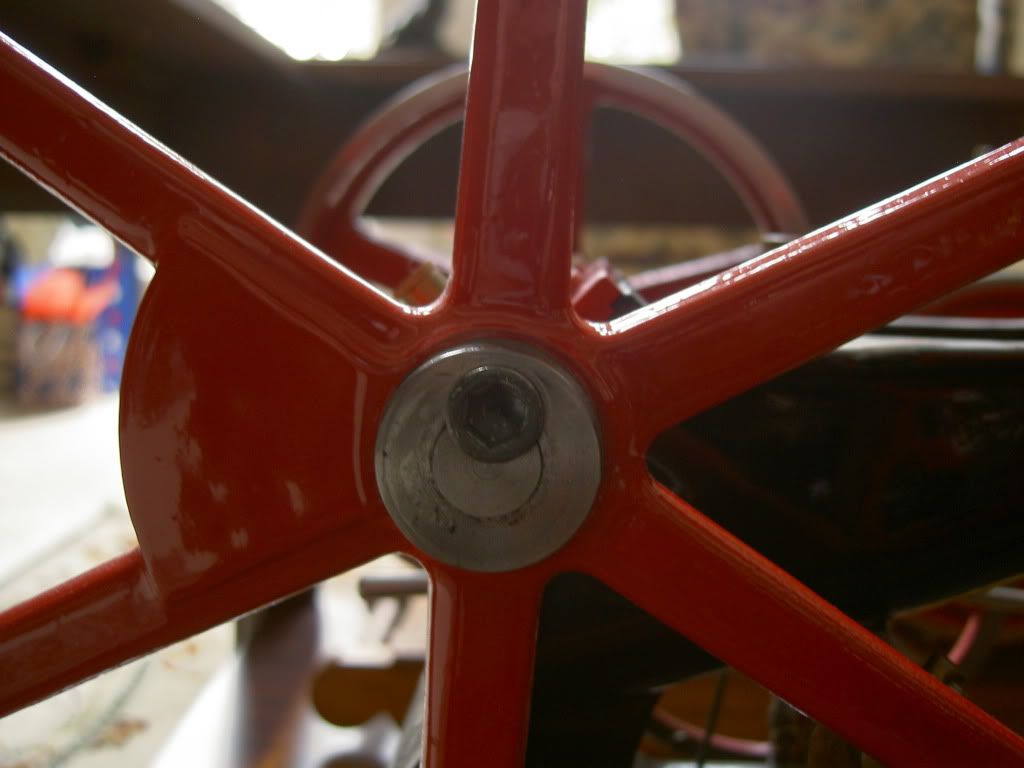Hello all,
I built this engine and trying to start it for the first time. I noticed as the engine wants to start the flywheel become loose. I am holding the flywheel in placed with 4 6-32 setscrews.
The flywheel diameter is 5.5. Any suggestion as how to fix this without too much modification to the flywheel and crankshaft?
http://cdn.homemodelenginemachinist.com/attachments/f31/59459d1357071718-my-single-cylinder-engine-002f.jpg
This is how the flywheel is connected to the crankshaft.
Thanks
Borna

I built this engine and trying to start it for the first time. I noticed as the engine wants to start the flywheel become loose. I am holding the flywheel in placed with 4 6-32 setscrews.
The flywheel diameter is 5.5. Any suggestion as how to fix this without too much modification to the flywheel and crankshaft?
http://cdn.homemodelenginemachinist.com/attachments/f31/59459d1357071718-my-single-cylinder-engine-002f.jpg
This is how the flywheel is connected to the crankshaft.
Thanks
Borna
















































